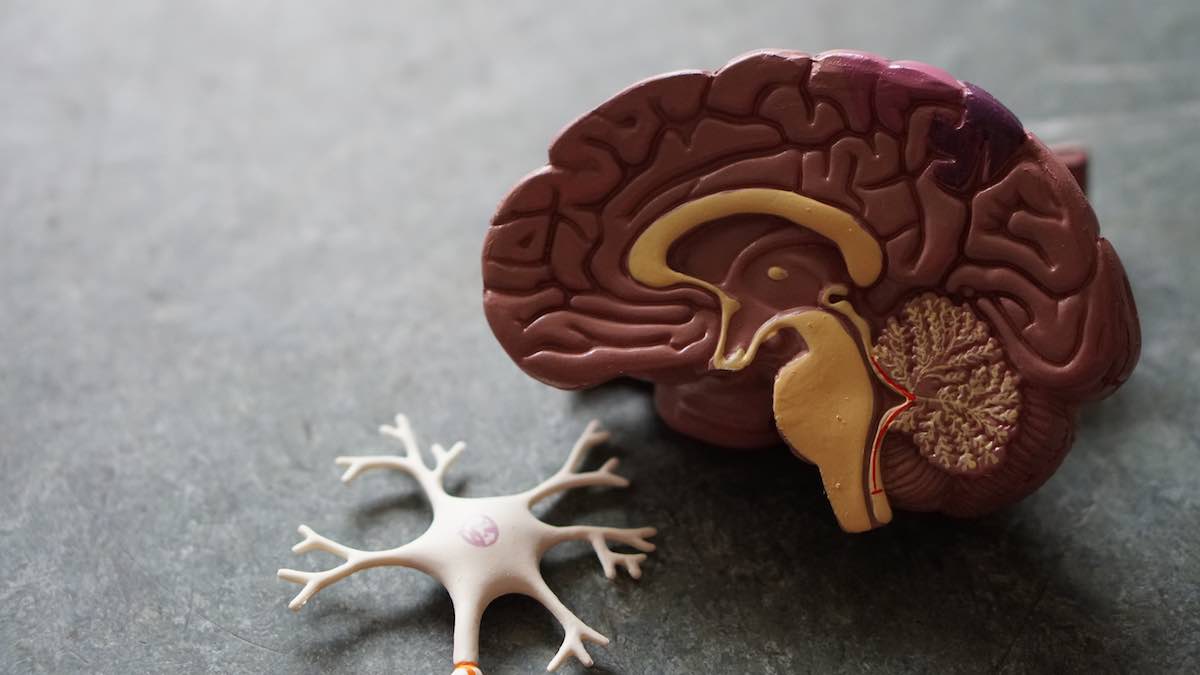An epileptic seizure is an alteration that occurs in a person, abruptly and unexpectedly and usually ends quickly, due to abnormal activity, sudden, brief and transient, of the most important cells that make up the brain: neurons.
It is quite common for people to suffer at least one epileptic seizure throughout their lives.
It is estimated that between 2 and 5% of the population will experience an episode of epilepsy at some point; however, this does not imply that it is a patient with epilepsy. According to the International League Against Epilepsy (ILAE), to suffer from epilepsy you must have had more than one seizure. In addition, some people may have more than one seizure caused by high fever, diabetes, other diseases, stress, alcohol or drug use. And that doesn’t mean these people have epilepsy.
Each year more than 20,000 new cases are diagnosed in Spain, and it is one of the most common chronic neurological diseases, becoming the second reason for outpatient neurological consultation after headaches. Despite this, patients with epilepsy today still face a serious stigma arising from ignorance and social discrimination.
When are people most likely to develop epilepsy?
New cases of epilepsy are usually more common among children, especially during the first year of life. The rate gradually decreases to about 10 years of age and then stabilizes. After age 55, the rate of new cases of epilepsy begins to increase, as people develop strokes, brain tumours, or Alzheimer’s disease.
It is important to remember that anyone can develop epilepsy. Epilepsy affects both men and women of all races, ethnicities, and ages.















